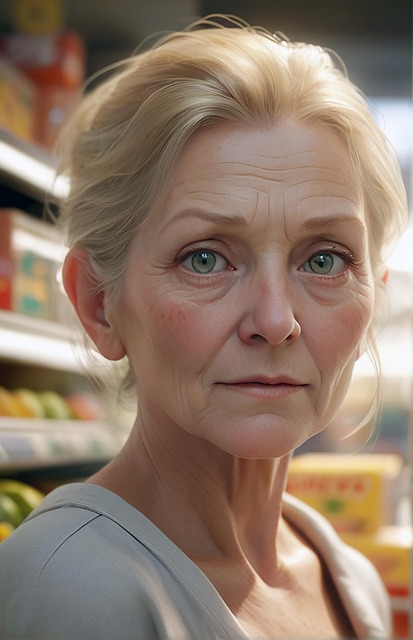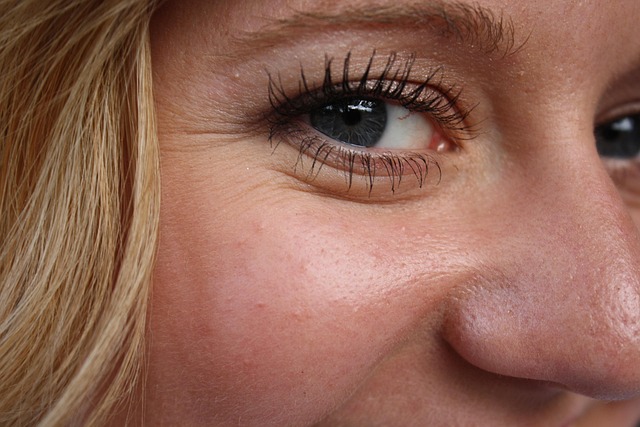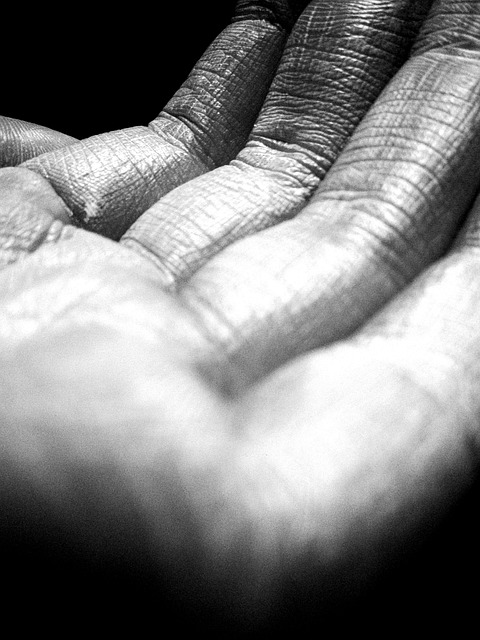Skin aging is accelerated by environmental factors and lifestyle choices, leading to collagen degradation and reduced skin firmness. Targeted treatments like RF energy, laser therapy, topical creams, and injections can significantly reduce wrinkles. Non-invasive methods such as laser therapy stimulate collagen production and break up damaged cells for a smoother complexion. A healthy lifestyle complements these treatments. Innovative procedures like plasma therapy and light-based treatments are emerging for effective wrinkle reduction. Personalized skincare is also gaining popularity to tailor treatments to individual genetic makeup.
“Uncover the secrets to a youthful glow with our comprehensive guide on skin tightening anti-aging treatments. As we age, understanding the science behind wrinkles becomes key to effective prevention and correction. From non-invasive techniques like microcurrent therapy and radiofrequency to powerful topicals and advanced laser technologies, this article explores diverse methods for wrinkle reduction.
Discover lifestyle changes that complement these treatments and stay informed about emerging trends shaping the future of anti-aging care.”
Understanding Skin Aging: The Science Behind Wrinkles

Skin aging is a natural process, but certain factors can accelerate it, leading to the formation of wrinkles and fine lines. Understanding the science behind skin aging is crucial for choosing effective anti-aging treatments. Our skin comprises various layers, with collagen and elastin fibers playing a vital role in maintaining its elasticity and youthful appearance. Over time, these fibers degrade due to environmental factors like sun exposure, pollution, and lifestyle choices such as smoking. This degradation results in reduced skin firmness and a more noticeable presence of wrinkles.
The body’s natural healing process also comes into play, as cell production slows down with age. This slowdown can cause a buildup of dead skin cells, hindering the skin’s ability to regenerate and repair itself efficiently. Combined with the decline in collagen and elastin, these factors contribute significantly to wrinkle formation. However, by addressing these underlying issues through targeted treatments like collagen stimulation and cell turnover promotion, it’s possible to achieve notable results in wrinkle reduction, reversing some of the aging effects on the skin.
Non-Invasive Skin Tightening Techniques for Youthful Complexion

In the pursuit of a youthful complexion, non-invasive skin tightening techniques have emerged as popular anti-aging solutions. These methods offer a less drastic approach to wrinkle reduction compared to surgical procedures, appealing to those seeking minimal downtime and natural results. One such technique is the use of radiofrequency (RF) energy, which targets deep skin layers to stimulate collagen production. This process not only helps tighten loose skin but also improves overall skin texture and elasticity.
Another promising method is laser therapy, specifically designed for wrinkle reduction. By emitting targeted light energy, lasers can break up damaged skin cells and prompt the body’s natural healing response, resulting in a more smoothed and youthful appearance. These non-invasive treatments provide an effective alternative to surgeries, allowing individuals to achieve desirable results while maintaining their natural beauty.
Topical Creams and Serums: Effective Wrinkle Fighters

Topical creams and serums have emerged as powerful allies in the battle against aging skin, offering effective wrinkle reduction solutions. These formulations are designed to penetrate deep into the skin’s layers, where they can stimulate collagen production and enhance elasticity. By consistently applying these products, users can visibly reduce fine lines and wrinkles while improving overall skin texture.
The key to their success lies in their ability to deliver active ingredients directly to the affected areas. Antioxidants, peptides, and retinoids are among the popular components found in these creams and serums, each playing a unique role in combating aging. Antioxidants protect the skin from environmental damage, while peptides encourage the synthesis of collagen, filling in wrinkles from within. Retinoids, derived from vitamin A, gently exfoliate the skin, unclogging pores and revealing smoother, brighter-looking skin.
Laser Therapy: Targeting Fine Lines and Sagging Skin

Laser therapy has emerged as a powerful tool in the quest for youthful-looking skin. By targeting specific wavelengths of light, this non-invasive procedure effectively reduces the appearance of fine lines and saggy skin, two telltale signs of aging. The process works by stimulating collagen production at a cellular level, which is essential for maintaining skin elasticity and a smooth texture. As collagen levels increase, so does the skin’s ability to firm up and minimize wrinkles, resulting in a more youthful and radiant complexion.
This advanced technology offers a safe and precise way to address various skin concerns associated with aging. During the treatment, lasers penetrate the skin’s upper layers, gently breaking down damaged tissue while promoting the growth of new, healthy cells. The result is smoother, tighter skin that appears rejuvenated and more youthful. With its ability to pinpoint specific areas of concern, laser therapy provides an effective wrinkle reduction solution for those seeking a natural and lasting approach to anti-aging skincare.
Injections: A Quick Fix for Deep Folds and Crow's Feet

Injections offer a quick fix for those seeking immediate results in wrinkle reduction, particularly targeting deep folds and crow’s feet. Commonly used fillers like hyaluronic acid or collagen stimulate the skin to produce more elastin, plumping up wrinkled areas and providing a smoother appearance. This method is ideal for people who want fast, effective treatment for specific problem zones without extensive downtime.
While injections provide instant gratification, they may not be suitable for everyone. It’s essential to consult with a qualified professional who can assess your skin type and needs, as results can vary. Regular treatments are often required to maintain the effects, ensuring you stay on top of wrinkle reduction for a more youthful complexion.
Lifestyle Changes for Long-Lasting Skin Tightening

Adopting a healthy lifestyle can significantly enhance the effects of skin-tightening treatments, promoting long-lasting results for wrinkle reduction. Diet plays a pivotal role; incorporating nutrient-rich foods like antioxidants, vitamins C and E, and omega-3 fatty acids supports collagen production and skin elasticity. Staying hydrated is equally crucial, as it helps maintain skin hydration levels, preventing dryness and premature aging. Regular exercise not only improves overall health but also boosts circulation, allowing more oxygen and nutrients to reach the skin cells.
Additionally, sun protection is essential. Limiting UV exposure through strategic clothing choices, hats, and sunscreen can prevent photoaging, a significant contributor to wrinkles and skin sagging. Avoiding smoking and excessive alcohol consumption is equally beneficial, as these habits can deteriorate skin quality and undermine the effectiveness of anti-aging treatments.
Future Trends in Anti-Aging Treatments

The future of anti-aging treatments looks promising, with a growing focus on innovative and non-invasive procedures. One emerging trend is the use of advanced technologies like plasma therapy and light-based treatments for effective wrinkle reduction. These cutting-edge methods offer targeted approaches to stimulate collagen production and boost skin elasticity without incisions or lengthy recovery periods.
Additionally, there’s a rising interest in personalized skincare, where treatments are tailored to an individual’s genetic makeup and specific skin concerns. This precision medicine approach ensures more optimal results and minimizes potential side effects. As research continues to uncover the complex interplay between aging and the skin, future anti-aging treatments will likely become even more sophisticated and effective in combatting signs of aging.
